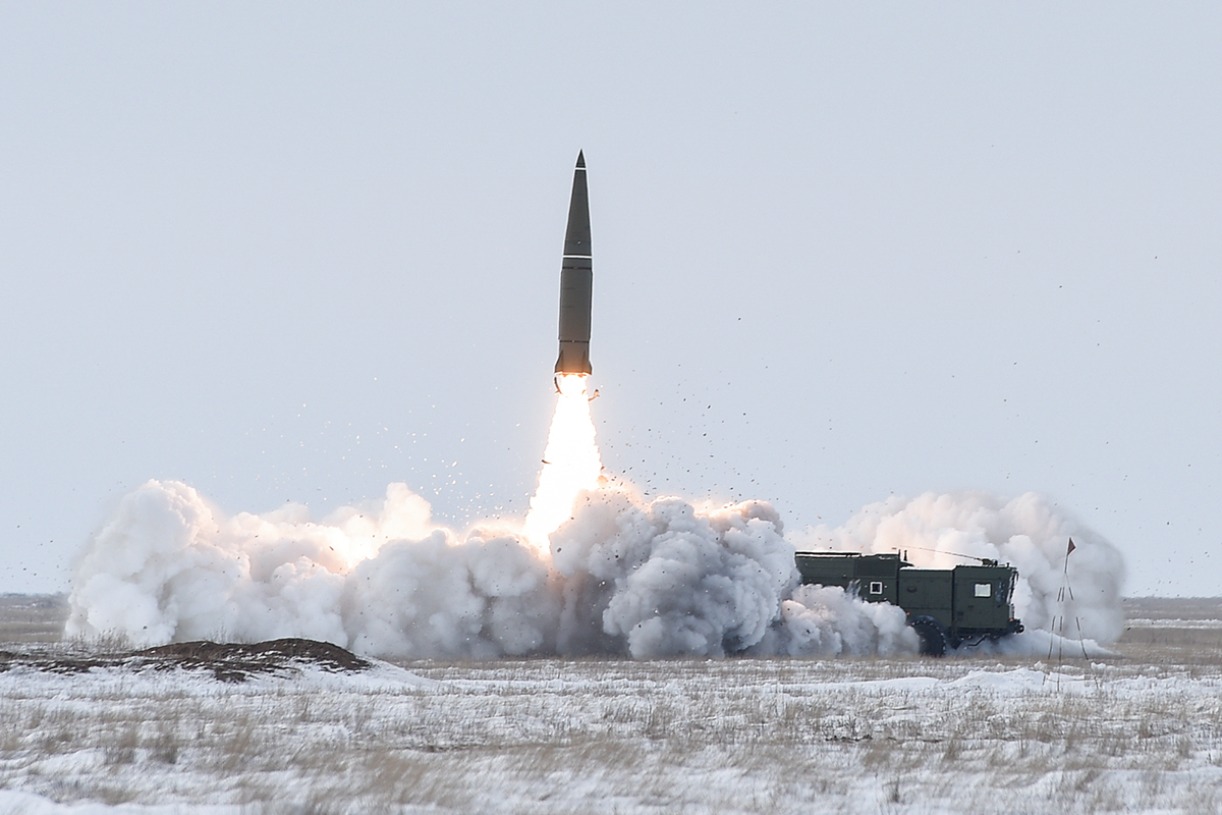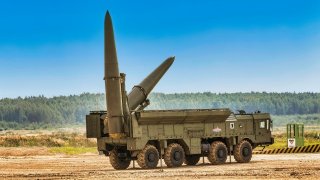Iskander: The Russian Mobile Missile that NATO Hates
Following Finland's accession to NATO, Russia has escalated its threats by planning to deploy Iskander-M ballistic missiles near the Finnish border.
Summary: Following Finland's accession to NATO, Russia has escalated its threats by planning to deploy Iskander-M ballistic missiles near the Finnish border.

Iskander Missile from Russia: Key Points and What You Need to Know
The Iskander missile system, developed from a Cold War-era project, can fire both conventional and nuclear warheads with high precision.
Used in various conflicts including Ukraine, the deployment aims to show Finland's vulnerability to a hostile response.
However, the ongoing conflict may have depleted Russia's missile stockpile.
Finland joined NATO last year. Now Russia is ramping up its threats against the Nordic state.
In April, Russian state-run media reported that the Kremlin was planning to deploy ballistic missiles close to its border with Finland. Specifically, a former commander of Russia’s Baltic Fleet, Adm. Vladimir Valuev, told Izvestia that a new brigade will be equipped with an Iskander-M ballistic missile system, VOA reported.
The 9K720 Iskander can fire both conventional and nuclear warheads. The Kremlin is trying to show Finland that its accession to NATO leaves Helsinki vulnerable to a hostile response.
Introducing the Iskander Missile
Russia’s Iskander missile system traces its origins to the height of the Cold War, when the USSR sought a replacement for its OTR-23 “Oka” short range ballistic missile. In the late 1980s, the OTR-23 was banned by the Intermediate Nuclear Forces Treaty, an arms control agreement between the U.S. and the Soviet Union. In order to comply with the INF, Soviet engineers modified the solid rocket motor to create a new prototype. The resulting Iskander began its development phase shortly thereafter, and the missile launcher carried out its first successful launch in the mid-1990s.
The Iskander designation refers to the missile launch system plus its associated ballistic missiles, including the 9M720 Iskander E and the 9M723 Iskander M. Featuring two solid-propellant, single-stage guided missiles, the weapon is able to detect targets using conventional intelligence like an artillery observer or scanned footage, or by using satellites and aircraft.
As detailed by the Center for Strategic and International Studies, the Iskander-M missile can strike targets within as close as 10-20 meters of accuracy using a combination of radar terrain correlation, GLONASS, and inertial guidance. “The 9M720 is reportedly accurate to 200 meters circular error probable (CEP) with inertial guidance (at 300km range), 50 meters with GLONASS satellite guidance, and 10 to 20 with an optional optical seeker,” CSIS writes. “The optional optical seeker-equipped warheads, which detach in flight, use a digital scene matching area correlation (DSMAC) terminal guidance system to detect targets. 9 The seeker was flight tested in 2011 and entered service in 2012.”

Operational History
The Iskander was deployed in combat for the first time during the Russo-Georgian War in 2008. In the years following, at least five operational Iskander brigades were stood up in Russia. The missiles have been used in Armenia, Crimea, Syria, and Ukraine. In fact, as part of Moscow’s initial assault into Ukraine in February 2022, its forces launched several Iskander missiles over the border. Over the last two years, Kyiv reported it shot down at least 11 of these Russian missiles, after initially saying it was unable to take down Iskanders.

While the Iskander plays an important role in Moscow’s weapons arsenal, the Kremlin could be running low on these missiles as the invasion rages on with no end in sight.
About the Author: Maya Carlin
Maya Carlin, National Security Writer with The National Interest, is an analyst with the Center for Security Policy and a former Anna Sobol Levy Fellow at IDC Herzliya in Israel. She has by-lines in many publications, including The National Interest, Jerusalem Post, and Times of Israel. You can follow her on Twitter: @MayaCarlin.
Main image is from Shutterstock. All others are Creative Commons.


